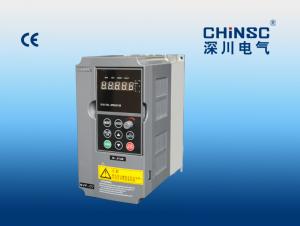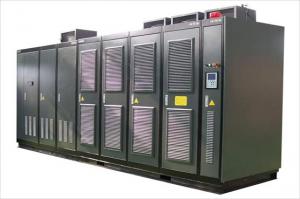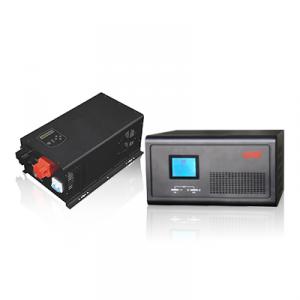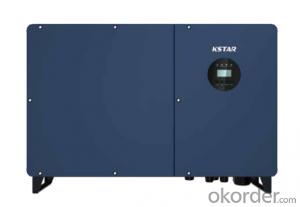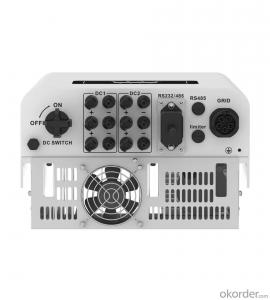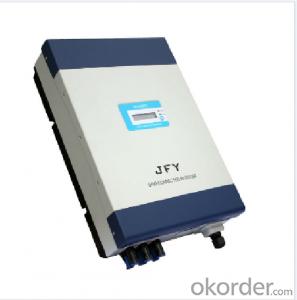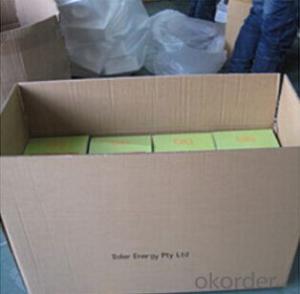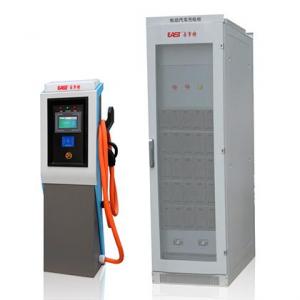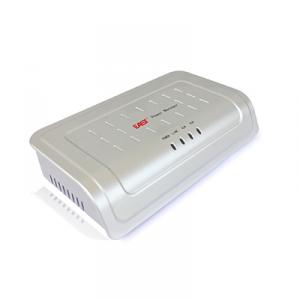Solar Inverter 3.5 Kva
Solar Inverter 3.5 Kva Related Searches
3.5 Kva Solar Inverter 3.5 Kw Solar Inverter 3.5kva Solar Inverter 3.5kw Solar Inverter 3.5 Kva Solar Inverter Price 5.5 Kva Solar Inverter 3.5 Kw Solar Inverter Price 5.5 Kw Solar Inverter 4.5 Kw Solar Inverter 2.5 Kva Solar Inverter Solar Inverter 5.5kw 2.5 Kw Solar Inverter 2.5kw Solar Inverter Solar Inverter 2.5kw 3.2 Kw Solar Inverter 2.5 Mw Solar Inverter 1.5 Kva Solar Inverter 35kw Solar Inverter 5 Kw 3 Phase Solar Inverter 2.5 Kva Solar Hybrid Inverter Solar Inverter 3500 Watt 5 Kva Solar Inverter 1.5 Kw Solar Inverter 3500 Watt Solar Inverter 3.6 Kw Solar Inverter Solar Inverter 7.5 Kw 7.5 Kva Solar Inverter 5.2 Kw Solar Inverter 1.5kw Solar Inverter 5 Kilowatt Solar InverterSolar Inverter 3.5 Kva Supplier & Manufacturer from China
Solar Inverter 3.5 Kva is a crucial component in solar energy systems, responsible for converting the direct current (DC) generated by solar panels into alternating current (AC) that can be used by household appliances and fed back into the power grid. This specific model, known for its efficiency and reliability, is designed to handle a power capacity of 3.5 kilowatts, making it suitable for a variety of residential and commercial applications.The Solar Inverter 3.5 Kva is widely used in various scenarios where solar energy is harnessed to power homes, businesses, and even off-grid systems. It plays a pivotal role in ensuring that the solar power generated is effectively utilized, either for immediate consumption or for storage in batteries. This product is particularly beneficial in areas with abundant sunlight, where it can help reduce electricity bills and contribute to a greener environment by minimizing reliance on fossil fuels.
Okorder.com stands as a reputable wholesale supplier of the Solar Inverter 3.5 Kva, boasting a large inventory that caters to the diverse needs of customers worldwide. With a commitment to quality and customer satisfaction, Okorder.com ensures that each Solar Inverter 3.5 Kva is thoroughly tested and meets the highest industry standards before being shipped to its destination. This makes Okorder.com a reliable choice for those seeking to invest in solar energy solutions and maximize the efficiency of their solar power systems.
Hot Products








